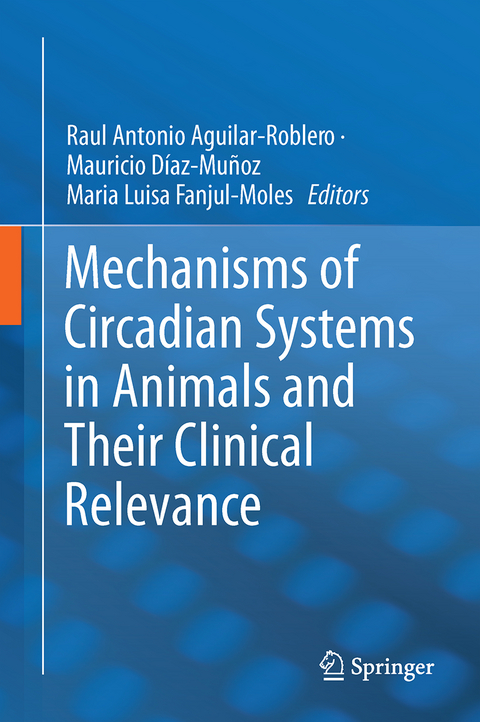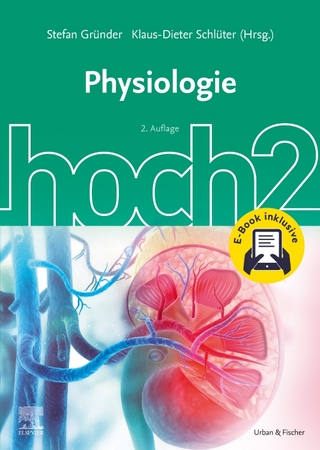
Mechanisms of Circadian Systems in Animals and Their Clinical Relevance
Springer International Publishing (Verlag)
978-3-319-08944-7 (ISBN)
This book is aimed at all those interested in contemporary aspects of physiology, biochemistry and molecular biology applied to the study and characterization of timing systems.. It could be used as an initial approach to this field, but it also provides updated information for those already familiar with the fascinating field of Chronobiology.
1. Introduction to Circadian Rhythms, Clocks and its Genes.- 2. Oxidative Stress and its Role in the Synchronization of Circadian Rhythms in Crustaceans, an Ecological Perspective.- 3. Control of Rest: Activity Behavior by the Central Clock in Drosophila.- 4. Biological Rhythmicity in Subterranean Animals, a Function Risking Extinction?.- 5. Avian Circadian Organization.- 6. Functional Organization of Circadian Timing System of Diurnal Primate (Marmoset).- 7. Intracellular Calcium as a Clock Output from Suprachiasmatic Nuclei Neurons.- 8. GABAA Receptor-Mediated Neurotransmission in the Suprachiasmatic Nucleus.- 9. Network Properties in the SCN Function.- 10. Behavioral, Physiological and Neuroendocrine Circadian Rhythms during Lactation.- 11. A Time to Wake, a Time to Sleep.- 12. Chronostasis: The Timing of Physiological Systems.- 13. Circadian rhythm and Food/Nutrition.- 14. Physiopathology of Circadian Rhythms: Understanding the Biochemical Mechanisms of Obesity and Cancer.- 15. Effects of Circadian Disruption on Physiology and Pathology: from Bench to Clinic (and Back).- 16. Circadian Dysfunction in Huntington's Disease.- 17. Is it Possible to Modify Clock Genes to Improve Health?.
| Erscheint lt. Verlag | 27.11.2014 |
|---|---|
| Zusatzinfo | XXIV, 380 p. 83 illus., 47 illus. in color. |
| Verlagsort | Cham |
| Sprache | englisch |
| Maße | 155 x 235 mm |
| Gewicht | 768 g |
| Themenwelt | Medizin / Pharmazie ► Medizinische Fachgebiete ► Neurologie |
| Studium ► 1. Studienabschnitt (Vorklinik) ► Physiologie | |
| Naturwissenschaften ► Biologie ► Humanbiologie | |
| Schlagworte | biological rhythms • chronobiology • Chronotherapy • Circadian systems • Clock genes • Integrative physiology |
| ISBN-10 | 3-319-08944-7 / 3319089447 |
| ISBN-13 | 978-3-319-08944-7 / 9783319089447 |
| Zustand | Neuware |
| Haben Sie eine Frage zum Produkt? |
aus dem Bereich


